Equal Opportunity Employment: Fundamentals of HRM Chapter 3 Analysis
VerifiedAdded on 2022/06/02
|41
|2607
|16
Homework Assignment
AI Summary
This assignment provides a comprehensive overview of Equal Opportunity Employment (EEO) principles, focusing on Chapter 3 of the "Fundamentals of Human Resource Management" 11th edition. It delves into key legislation, including the 1964 Civil Rights Act, the Equal Employment Opportunity Act, and various executive orders, outlining the scope of protection against discrimination based on race, religion, color, gender, and national origin. The assignment also examines the Age Discrimination in Employment Act (ADEA), the Equal Pay Act, the Pregnancy Discrimination Act, and the Americans with Disabilities Act (ADA), detailing the rights and responsibilities of both employers and employees. Furthermore, it covers the Civil Rights Act of 1991, the Family and Medical Leave Act (FMLA), the Uniformed Services Employment and Reemployment Rights Act (USERRA), and the Genetic Information Nondiscrimination Act (GINA). The document explores preventing discrimination through the Uniform Guidelines on Employee Selection Procedures, adverse impact, and adverse treatment, including tests like the 4/5ths rule, geographical comparisons, restricted policy and the McDonnell Douglas test. It concludes by discussing affirmative action plans, responses to discrimination charges, and enforcement mechanisms by the EEOC and OFCCP, along with current issues like sexual harassment.
1 out of 41
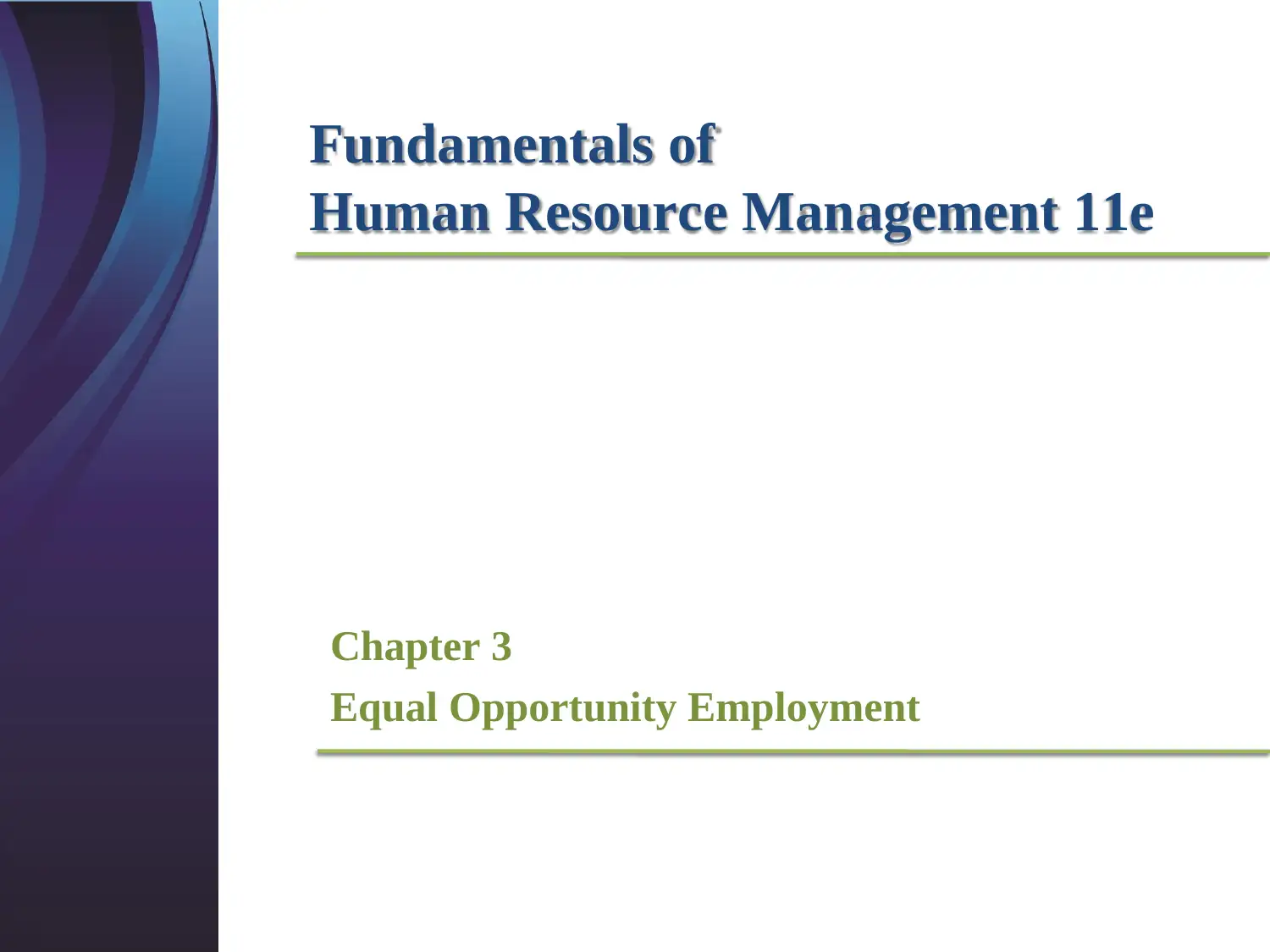
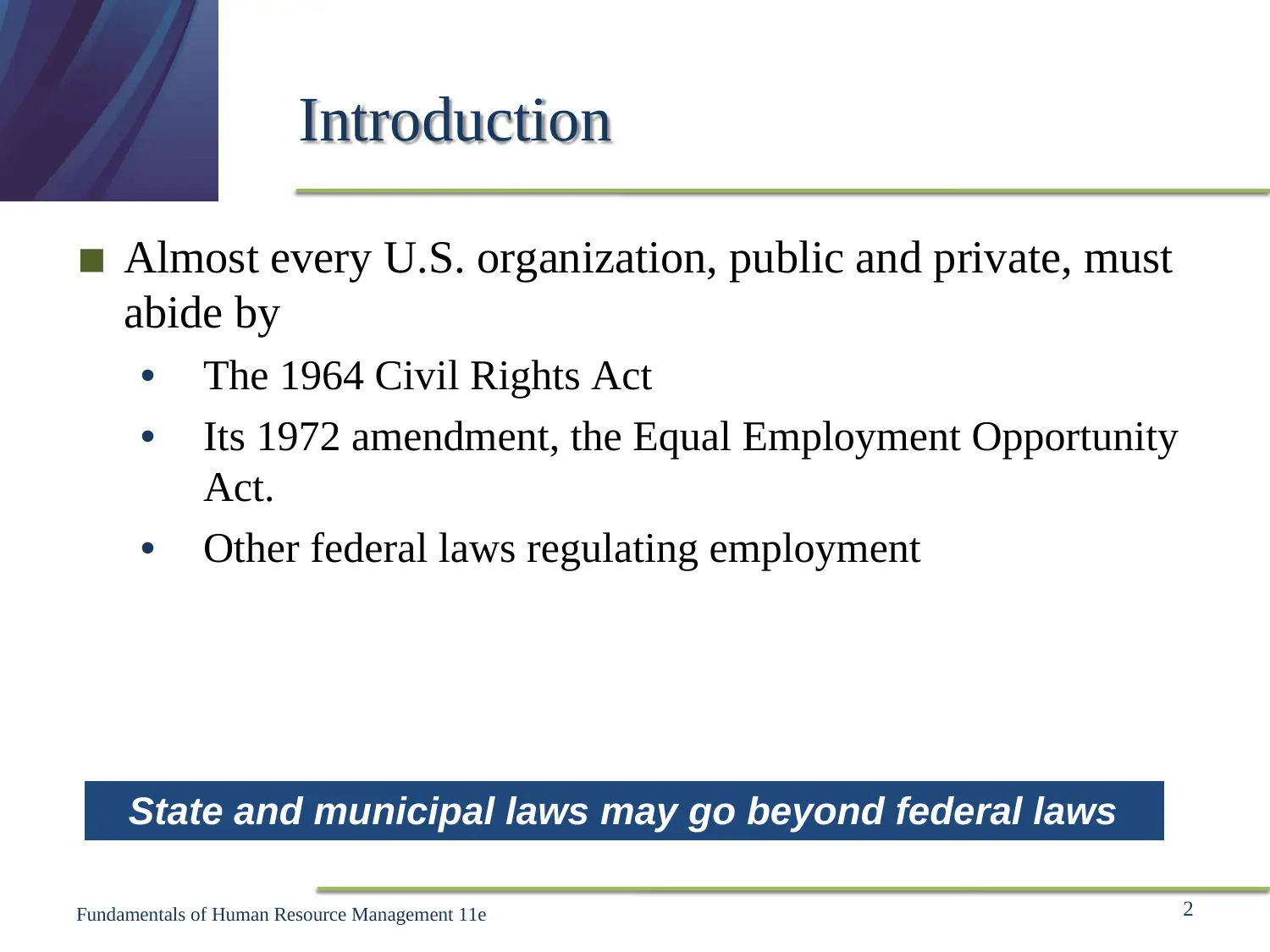
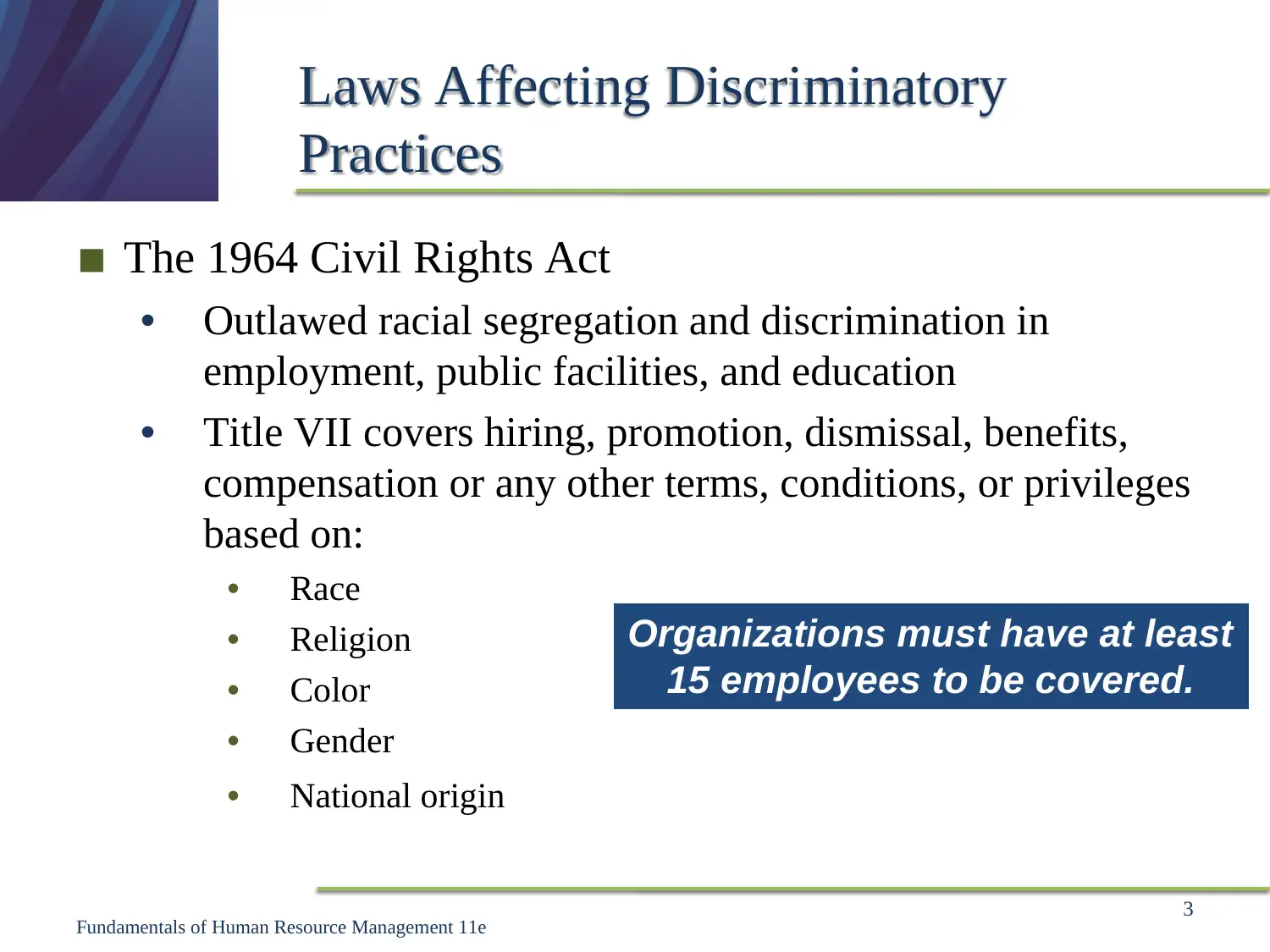

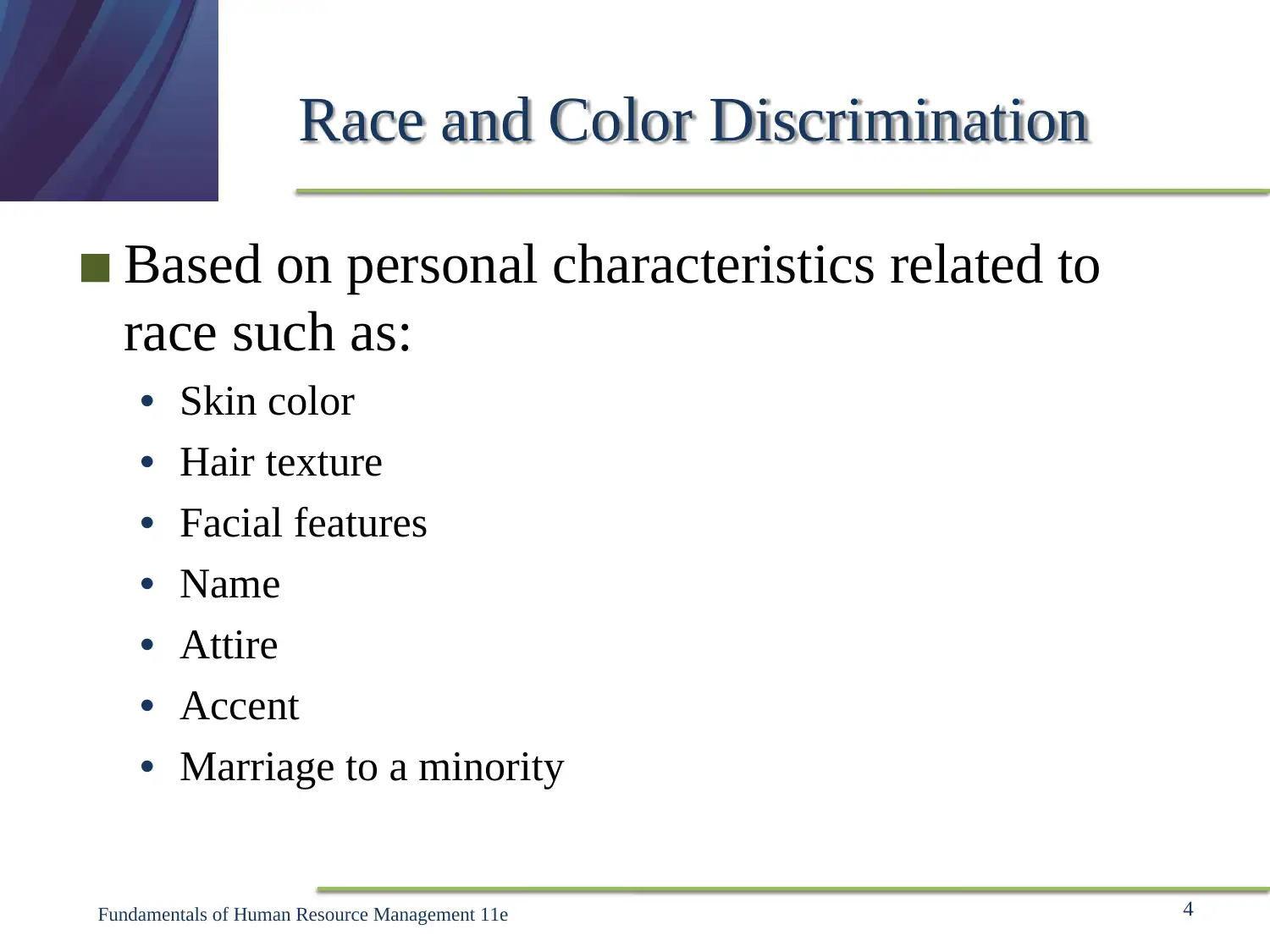
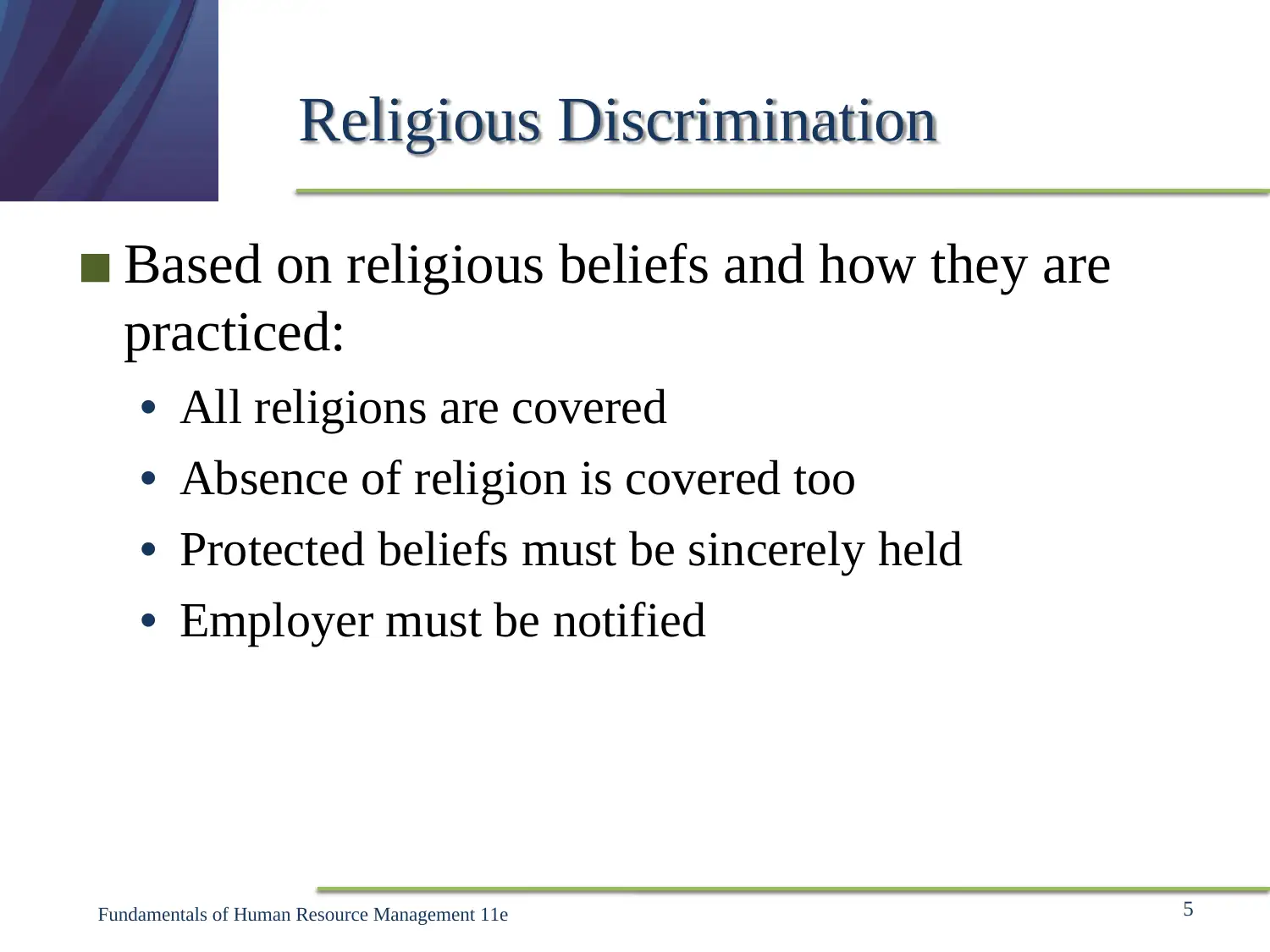
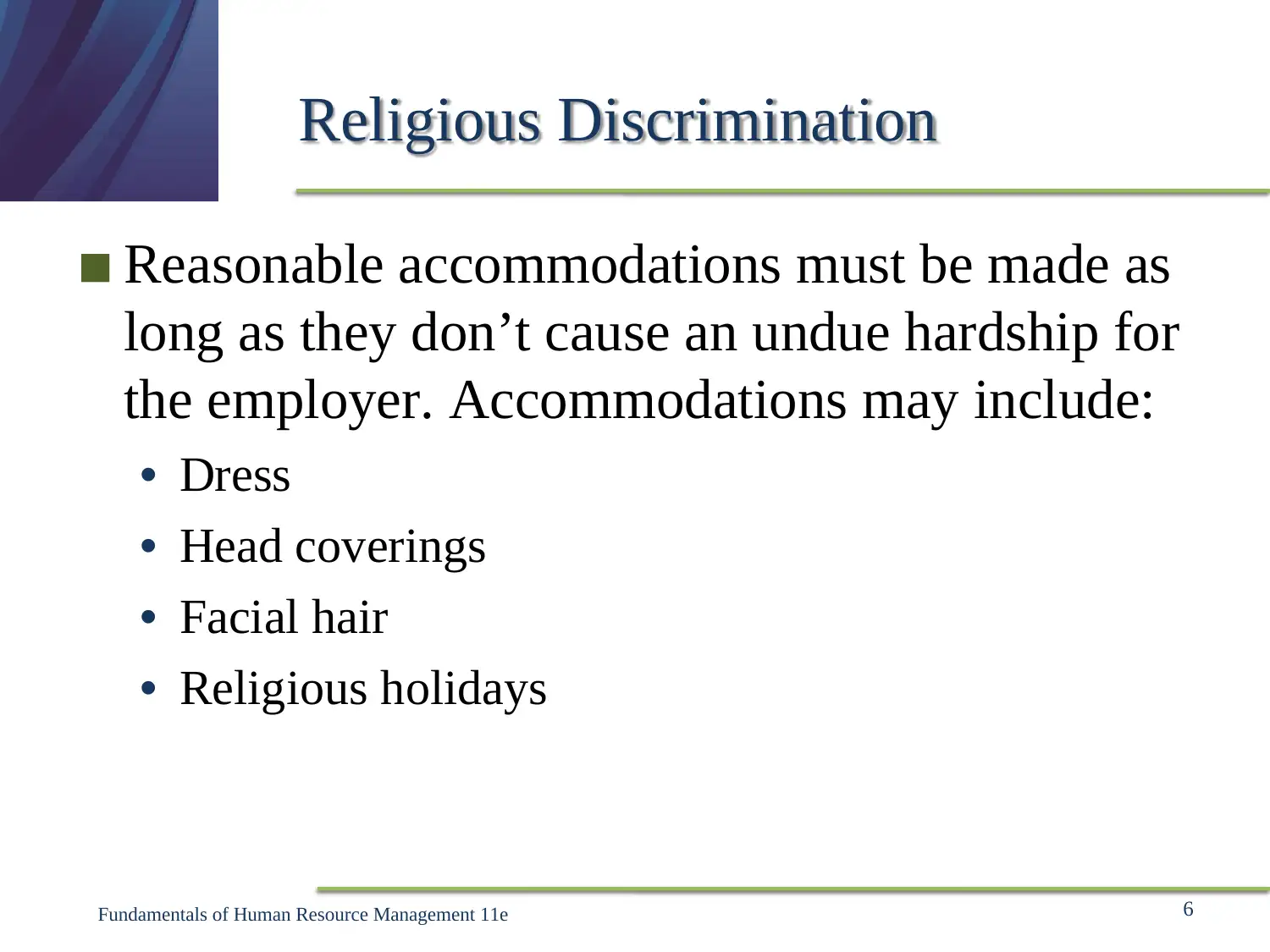
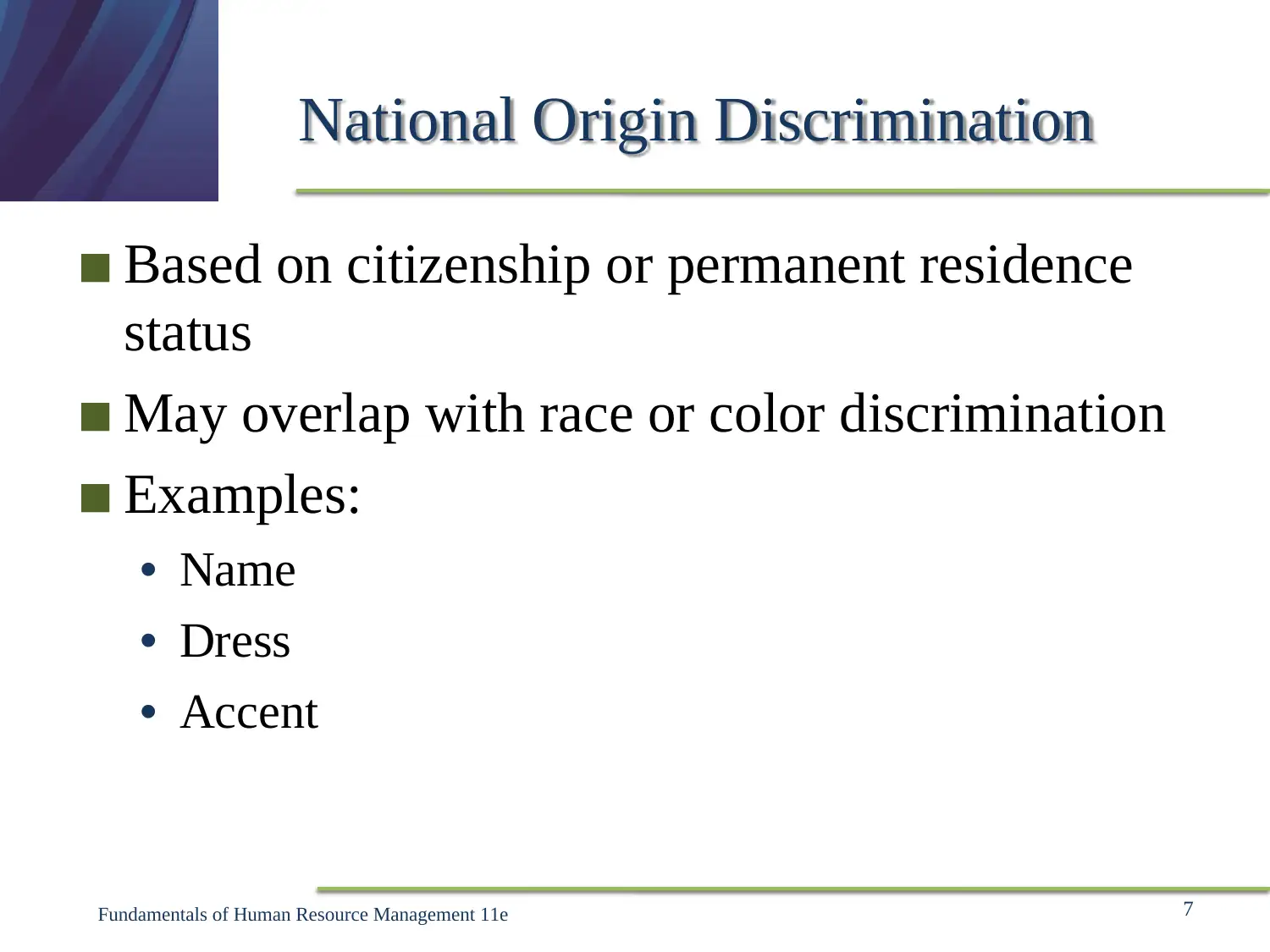
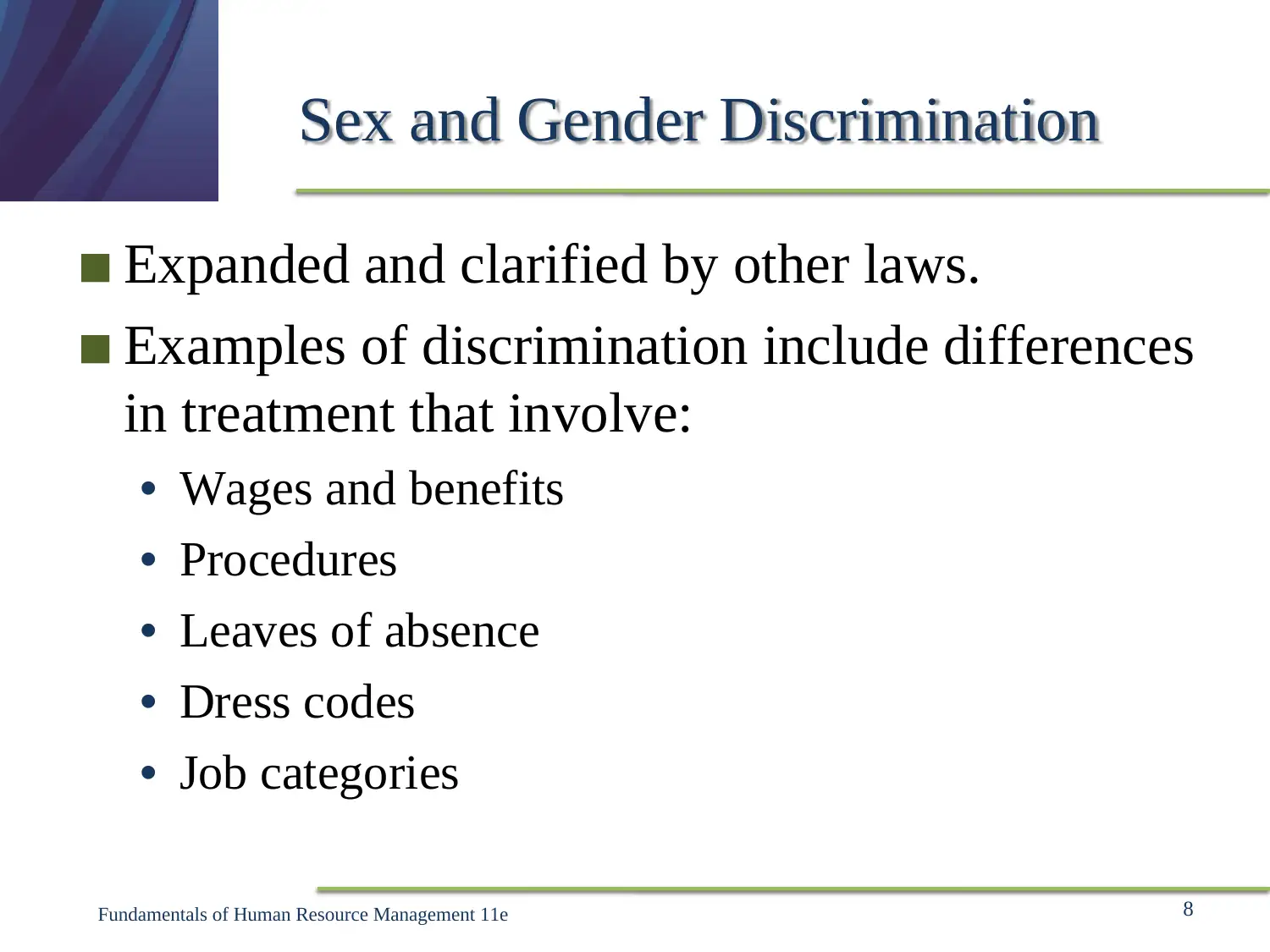
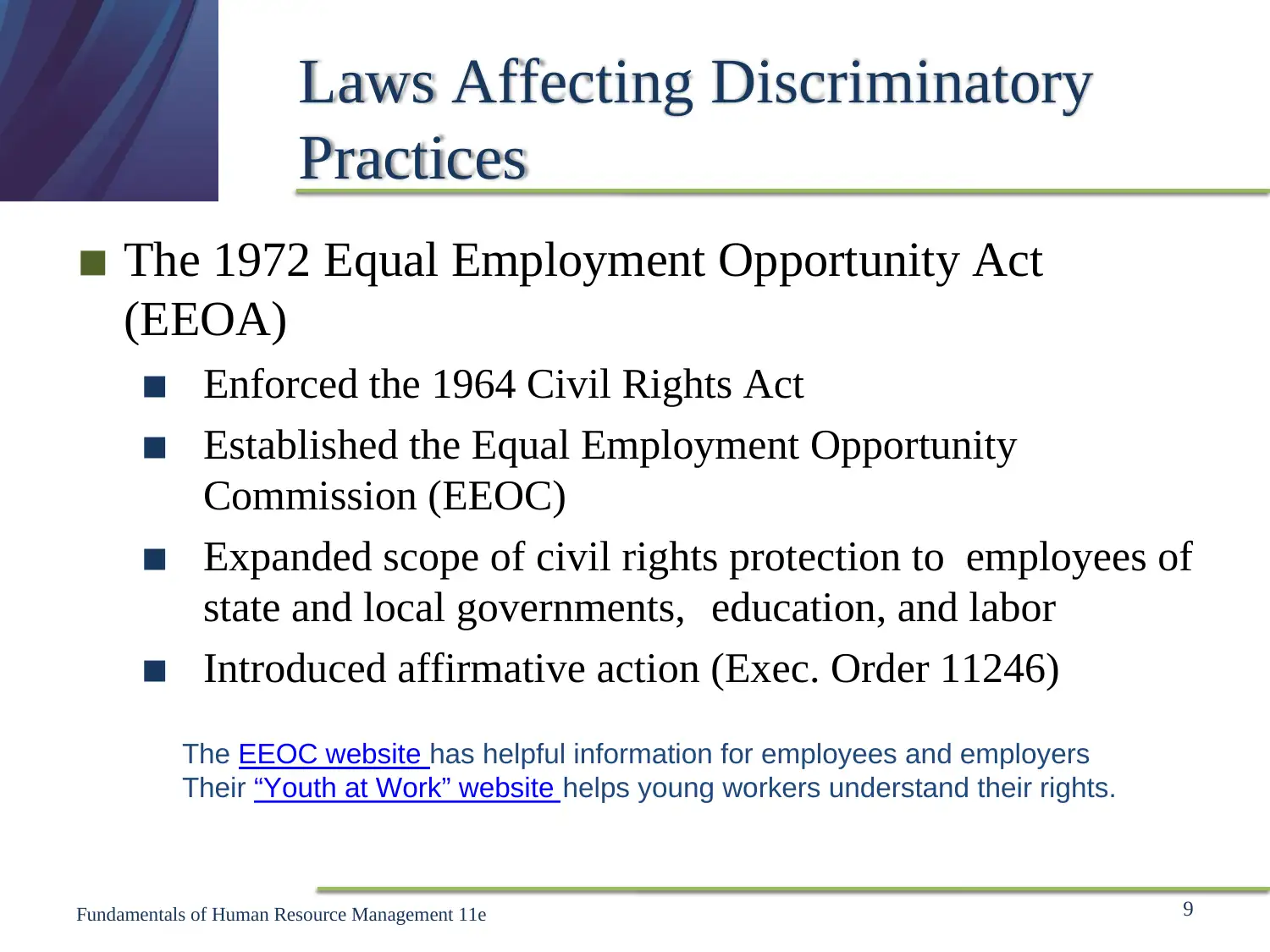
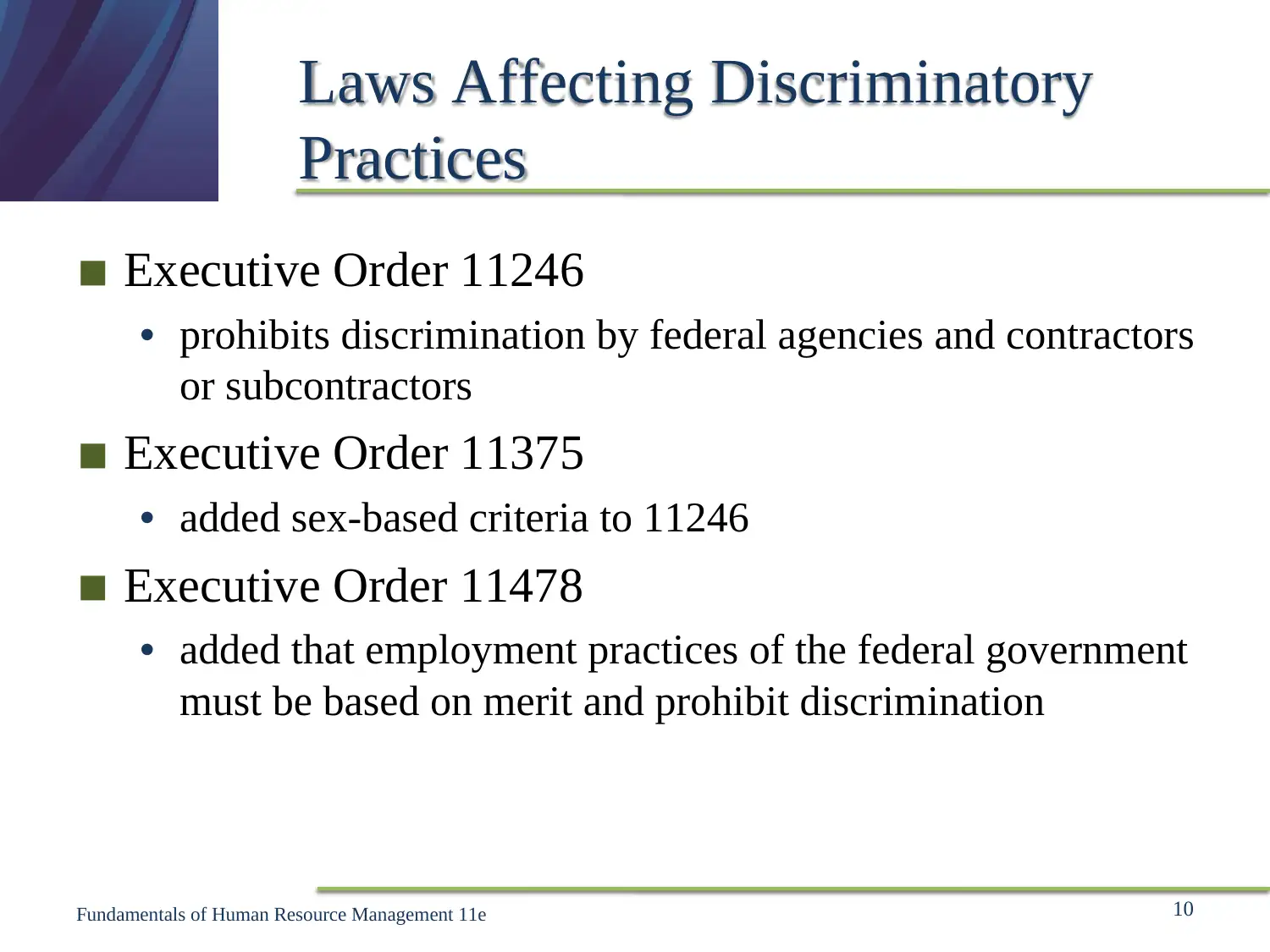
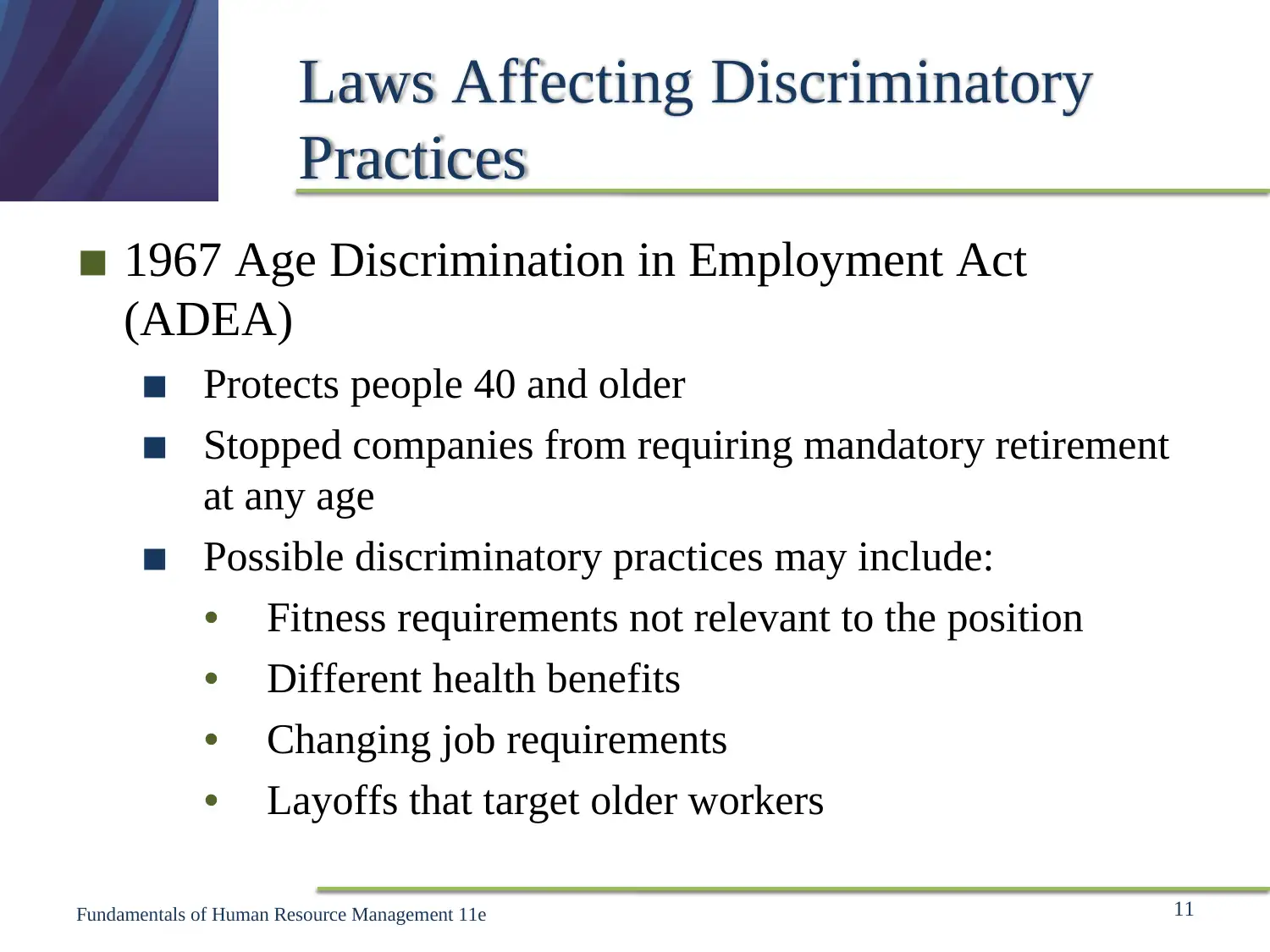
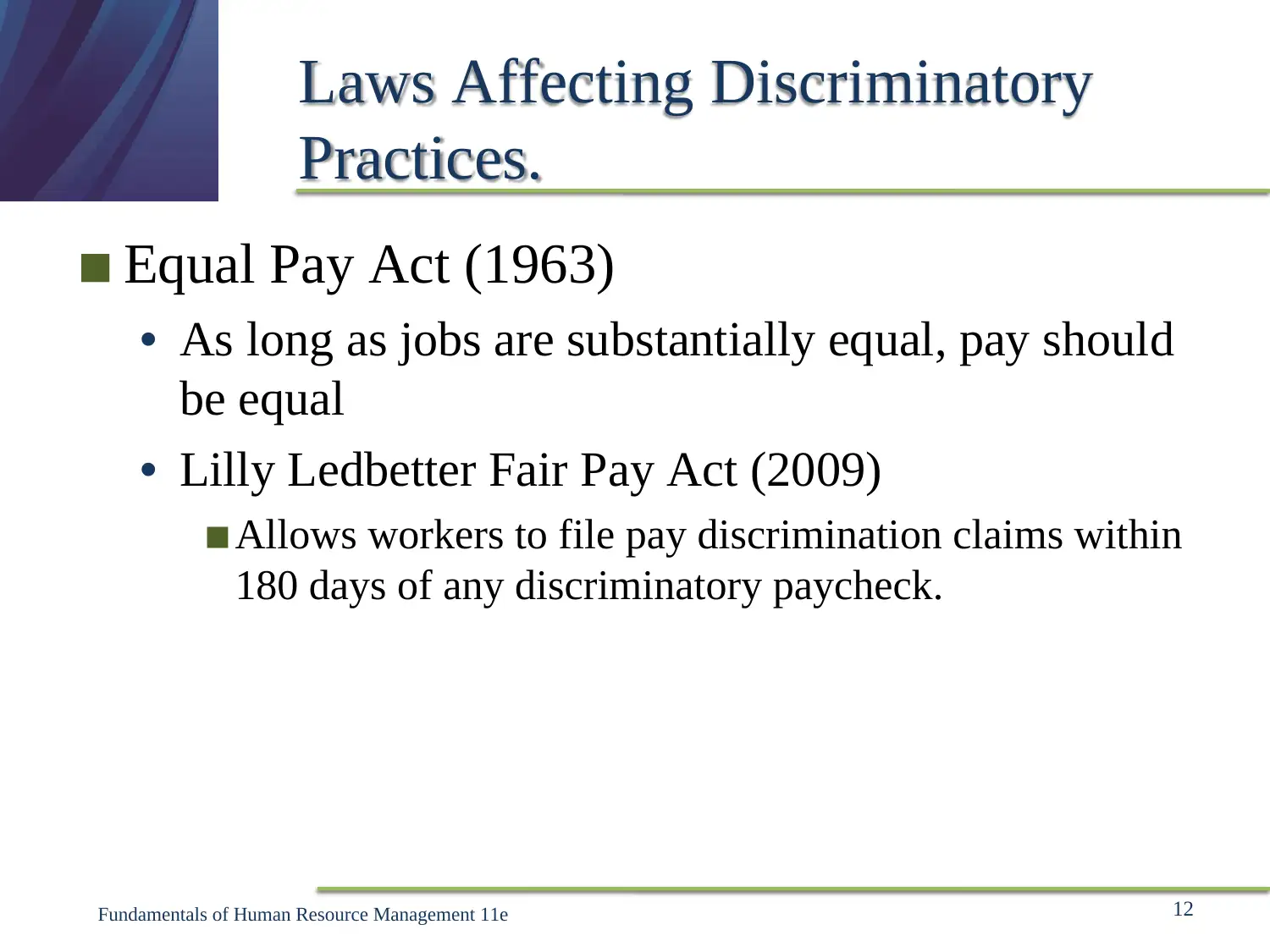






![[object Object]](/_next/static/media/star-bottom.7253800d.svg)